<strong>Helping Farmers Develop Efficient Water Practices</strong>
- Home
- About Us
- Hall of Fame
- UF/IFAS Blueberry Extension
- Blueberry Fans
- Grower
- Contact Us
<strong>Helping Farmers Develop Efficient Water Practices</strong>
It appears that specialty crops – including blueberries – are taking a back seat in the current negotiations over the North American Free Trade Agreement as arguments over tariffs and other higher priority items are being discussed.

Pest Becoming a Significant Problem for Blueberries in Central Florida
width="300"] Figure 1[/caption]
Figure 1[/caption]
At the Heart of the Cost Share Program, ‘My Florida Farm Weather,’ Are Valuable Decision-Making Tools
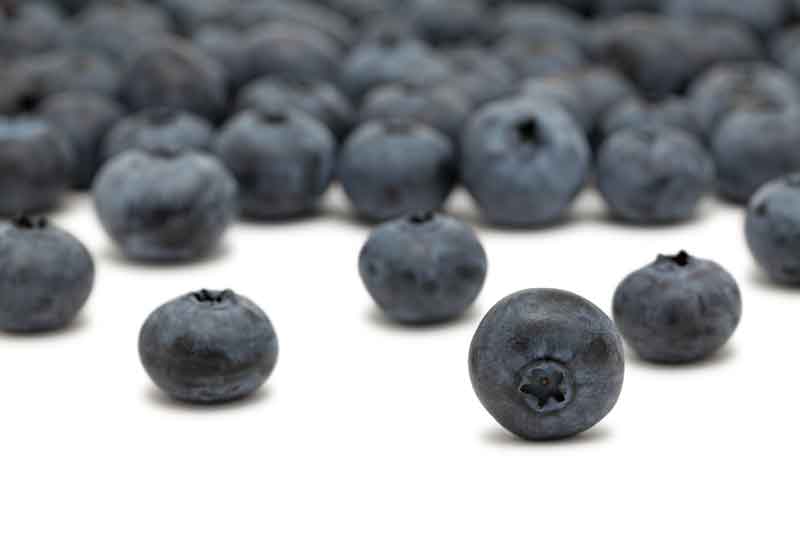
The Florida Blueberry Growers Association SPRING FIELD DAY will be held Tuesday, March 12th, 2019 at the University of Florida-IFAS Plant Science Research and Education Unit from 8:30 am to 3:00 pm in Citra, FL. The day will consist of presentations, field tour, a group lunch as well as the opportunity to visit with 20 vendors to the blueberry industry. Lunch is included in your paid registration (name badge will be used as your meal ticket.)
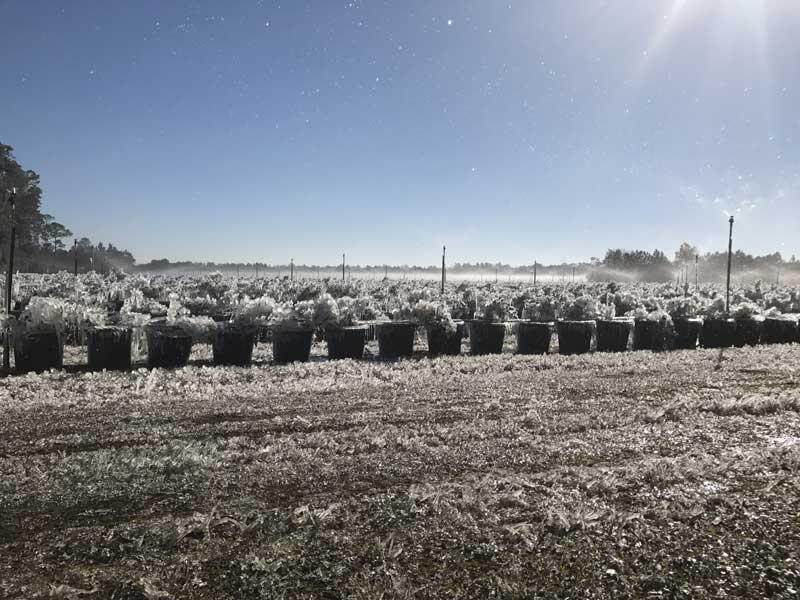
Florida southern highbush blueberries need freeze protection to minimize damage to flower buds, blooms, and young fruit. This is typically done using overhead irrigation, which involves putting out large volumes of water to reduce the impact of cold temperatures on susceptible floral and fruit tissues.
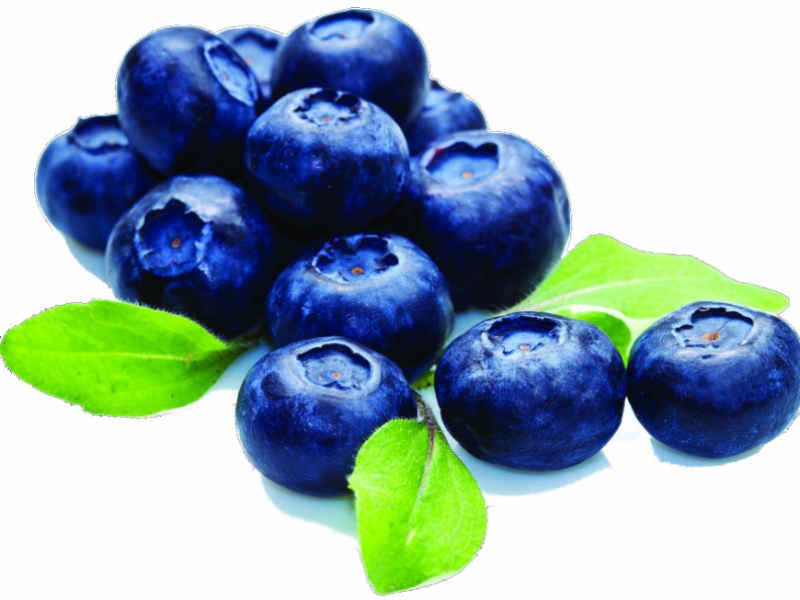
by Dr. PATRICIO MUÑOZ
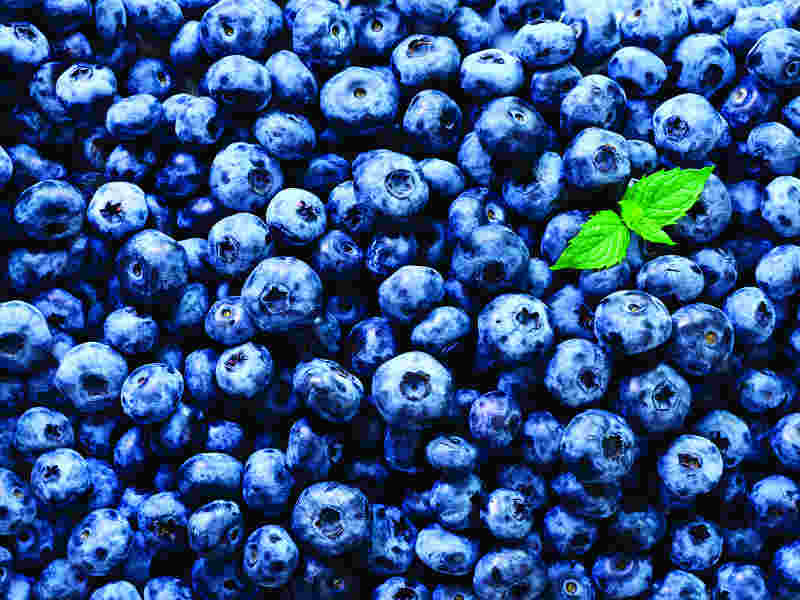
by MARY TOOTHMAN
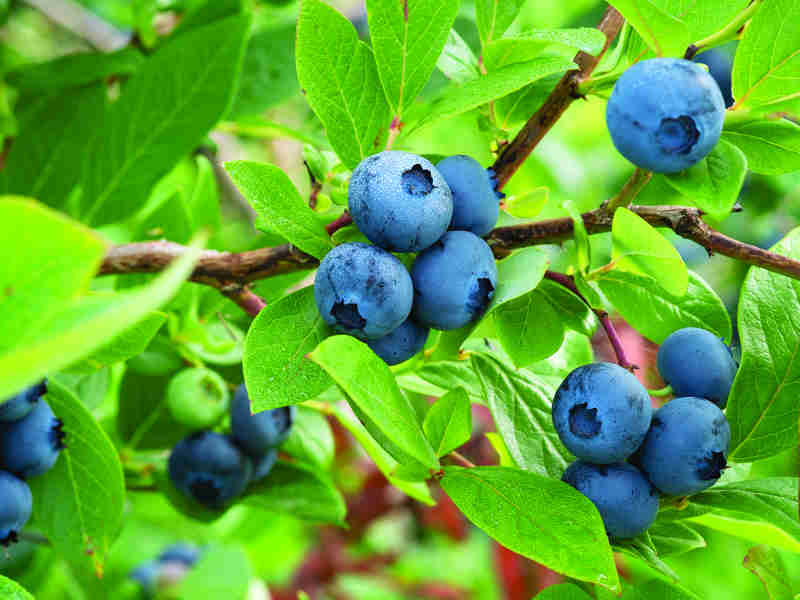
by Phil Harmon, Ph.D. UF IFAS Blueberry Pathologist and Extension Specialist and

by TIM CRAIG
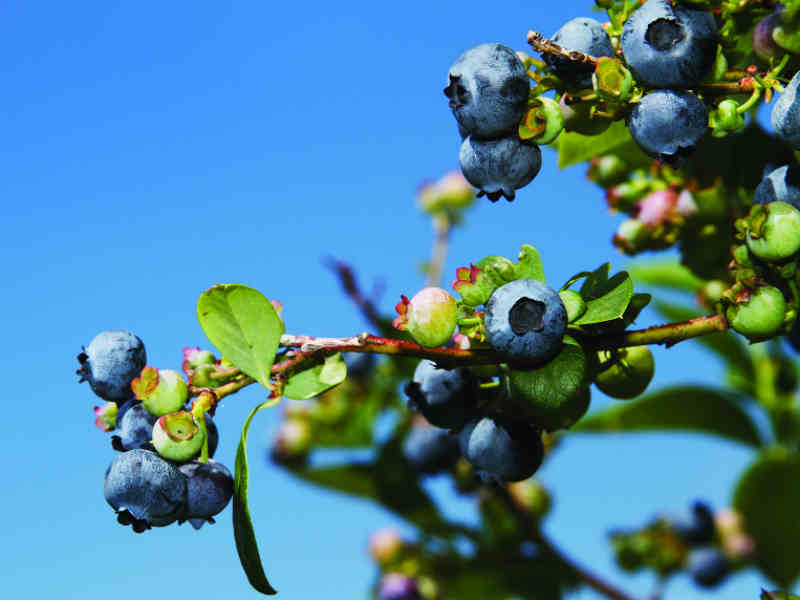
by Dr. Rachel Mallinger, Assistant Professor, Department of Entomology and Nematology, UF
SAVE-THE-DATE
Florida Blueberry Growers Association
SPRING 2019 FIELD DAY
Date: Tuesday, March 12th, 2019
Location: UF/IFAS Citra Facility
2556 West Highway 318, Citra, Florida 32113
More details and registration information to follow.
Click on the links below to download guest speaker presentations from the Fall 2018 Growers Meeting and Trade Show hosted by the Florida Blueberry Growers Association at the Holiday Inn Hotel & Suites Ocala Conference Center.
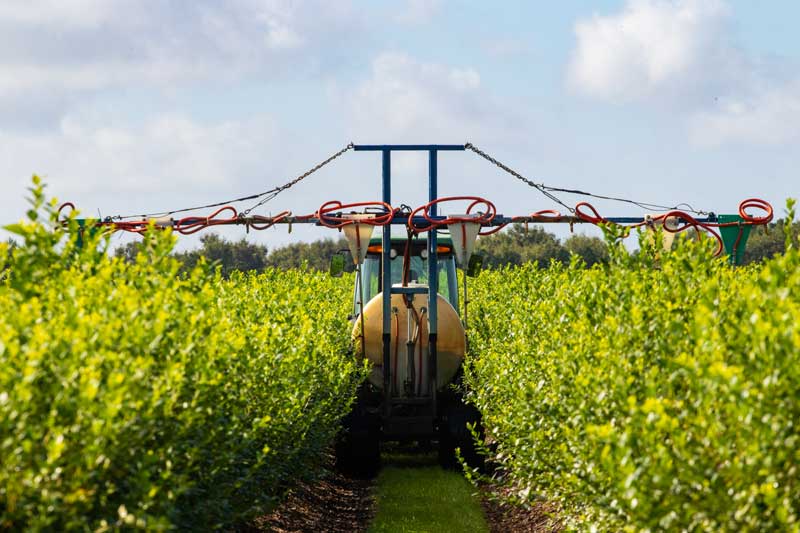
by MARY TOOTHMAN
It is very common practice for growers to spray blueberry crops with insecticides, but experts say if they are going to spray blueberries, they best do it right.
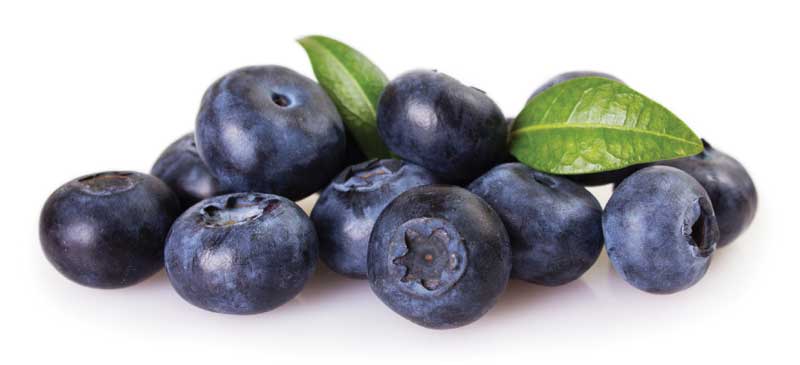
Virtually all blueberry fields in Florida are subject to late winter or early spring freezes which can cause serious reductions in yield. Below is a list of activities for freeze preparation. The list was originally published by Mike Mainland in the North Carolina Blueberry News, Vol. 7, No. 1 and has been modified by IFAS faculty and FBGA board members.

Blueberry growers throughout the state of Florida experienced what appears to be high blueberry gall midge (BGM) damage during the spring 2018 growing season. The damage appears to be more pronounced in the Central Florida counties of Sumter, Citrus, Hernando, Lake, Hillsborough, and Polk, as well as north-central counties of Alachua, Bradford, Putnam, and Marion. Typically, gall midge will attack young developing floral and leaf buds and will cause floral buds to abort or fall off the bush resulting in poor flowering and ‘fruit set.’ With heavy gall midge damage to floral buds, there would typically be a lighter bloom since many of these buds will abort (e.g., only 1 or 2 florets may be seen instead of the usual 5 to 6, and therefore fruit clusters with only 1 or 2 fruit per cluster). It should be noted that damage to flower buds (browning, shriveling, and disintegration) can also be caused by freeze and application of hydrogen cyanamide. Poor fruit set and excessive dropping of undeveloped green fruit can be caused by poor pollination.
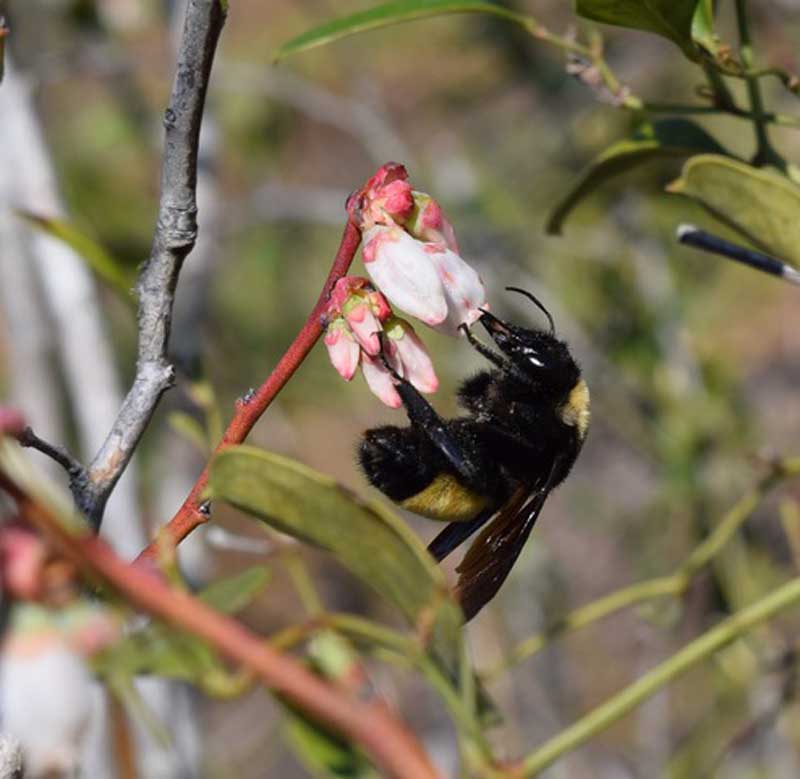
Southern highbush blueberry (SHB) is the primary blueberry species grown in Florida. It is dependent upon pollinating insects for adequate pollination and fruit set. Some Florida growers reported cases of low fruit set this past season, in particular on Meadowlark and Emerald, which may have been due in part to poor pollination. In most of these cases, growers observed a heavy bloom followed by poor fruit set, with undeveloped fruit dropping from the plants. Although there may be other causes for this scenario, including heavy flower thrips damage to blossoms, this description is generally indicative of poor pollination. Other symptoms of inadequate pollination include an extended period after flower opening before petal fall, petals turning brown while still on the bush, and a low number of seeds in fruit that does develop. This article will present current best practices to reduce the possibility of poor pollination of SHB.

We are EXCITED to announce the Florida Blueberry Growers Association Fall 2018 Meeting & Trade Show will be held on Tuesday October 30th at a NEW location, conveniently located off I-75 in Ocala, FL. This will be a day-long event of educational seminars as well as the opportunity to visit with 35+ vendors to the blueberry industry. Lunch is included in your paid registration.